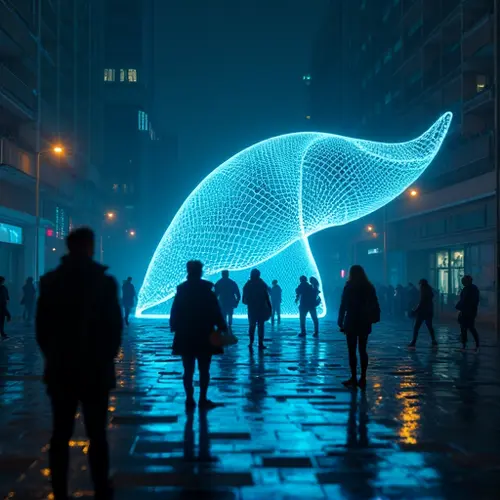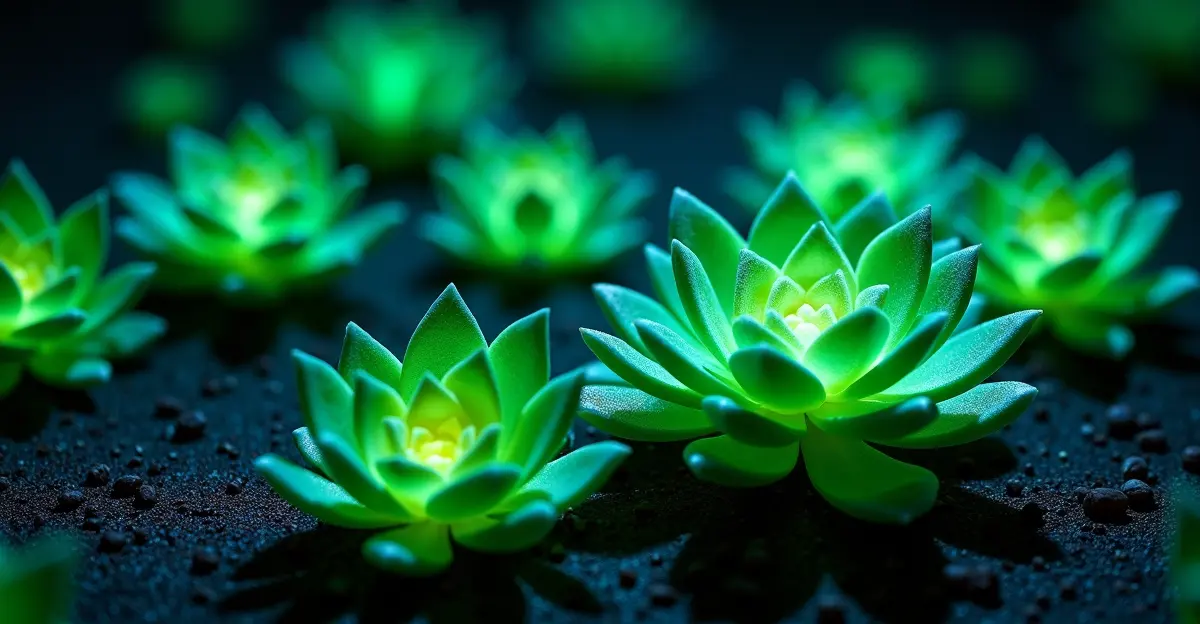Bioluminescence, the natural light produced by organisms like fireflies and deep-sea creatures, is being explored as a sustainable alternative to traditional lighting. Innovations include bioluminescent plants and bacteria-powered streetlights, offering energy efficiency and reduced light pollution. While challenges remain, the potential for nature-inspired lighting solutions is immense.

The Role of Bioluminescence in Future Lighting
Bioluminescence, the natural phenomenon where living organisms emit light, has long fascinated scientists and nature enthusiasts alike. From fireflies lighting up summer nights to deep-sea creatures illuminating the ocean's depths, bioluminescence is a marvel of nature. Now, researchers are exploring how this natural light source could revolutionize the way we illuminate our cities and homes, offering a sustainable alternative to traditional lighting systems.
How Bioluminescence Works
Bioluminescence occurs when a chemical reaction between luciferin (a light-emitting molecule) and luciferase (an enzyme) produces light with minimal heat. This process is incredibly efficient, with nearly 100% of the energy converted into light—far surpassing the efficiency of incandescent bulbs, which waste 90% of their energy as heat. The potential applications of this technology are vast, from reducing energy consumption to minimizing light pollution.
Innovations in Bioluminescent Lighting
Recent advancements in genetic engineering have enabled scientists to create bioluminescent plants and bacteria that can serve as natural light sources. For example, researchers have developed glow-in-the-dark plants by embedding firefly genes into their DNA. These plants could one day line sidewalks or parks, providing ambient lighting without the need for electricity.
Another promising avenue is the use of bioluminescent bacteria in streetlights. Companies like Glowee are already experimenting with bacterial lighting systems that could replace traditional streetlights in urban areas. These systems are not only energy-efficient but also biodegradable, making them an eco-friendly alternative.
Benefits of Bioluminescent Lighting
The benefits of bioluminescent lighting extend beyond energy efficiency. Unlike conventional lighting, which disrupts nocturnal ecosystems and contributes to light pollution, bioluminescent systems emit a soft, natural glow that is less intrusive to wildlife. Additionally, these systems could significantly reduce electricity costs for cities and households, particularly in remote or off-grid areas.
Challenges and Future Prospects
Despite its potential, bioluminescent lighting faces several challenges. The brightness of natural bioluminescence is currently insufficient for many practical applications, and scaling up production remains a hurdle. However, ongoing research aims to enhance the intensity and longevity of bioluminescent light sources.
As technology advances, bioluminescent lighting could become a cornerstone of sustainable urban design, blending seamlessly with nature while reducing our carbon footprint. The future of lighting may very well be inspired by the flickering glow of fireflies and the shimmering depths of the ocean.

 Nederlands
Nederlands
 English
English
 Français
Français
 Deutsch
Deutsch
 Español
Español
 Português
Português









